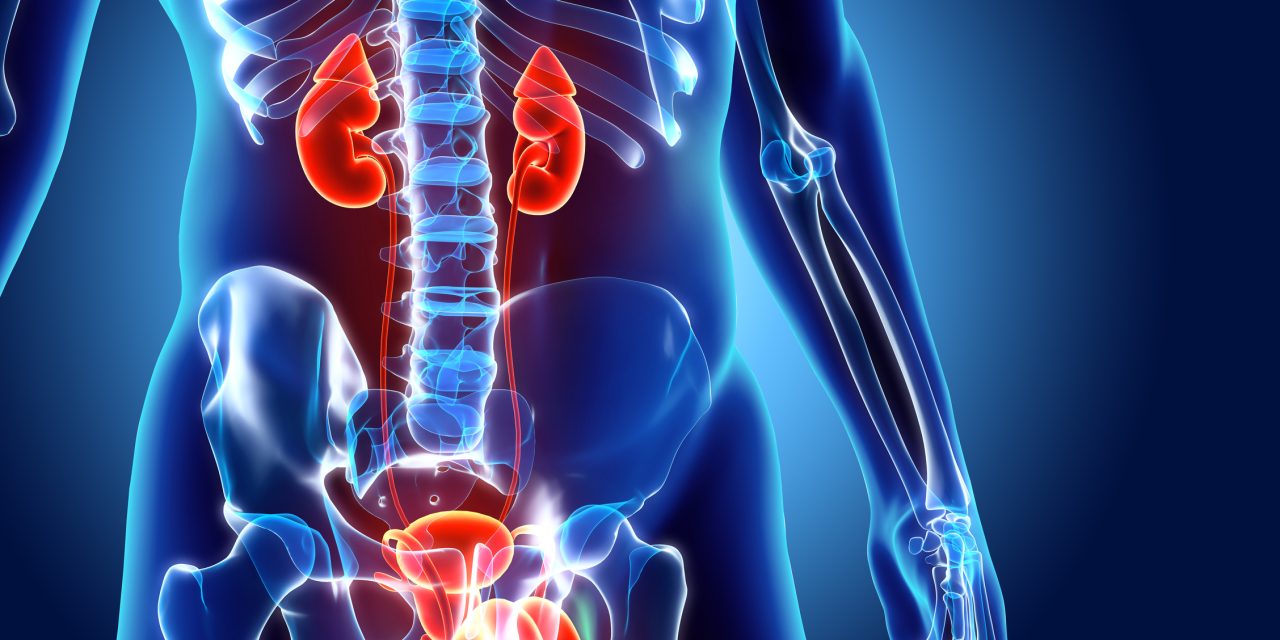The aim kf this study is To determine the factors affecting the outcomes of percutaneous nephrolithotomy (PCNL) in patients in infantile/toddler and preschool age group.
The data of 186 renal units from 152 patients who underwent PCNL were retrospectively analyzed. Patients under ≤72 months of age were included in the study. The patients were divided into two groups according to their age: infantile/toddler and preschool group. Demographics and stone features were compared between infantile/toddler and preschool age groups. Effects of different factors on complications and stone-free rates were investigated. Comparisons in the study were done using SPSS 24.0 software for Windows. Therefore, the idea of miniaturization of endoscopic materials has emerged. The first mini PCNL series performed by 11F access sheath in preschool age group was published by Jackman and colleagues in 1998.5 Subsequently, PCNL at younger ages and using miniaturized equipment have become increasingly common. For patients with nephrostomy postoperatively, antegrade pyelography was performed on postoperative second or third day; and after monitoring, the spontaneous passage to the bladder nephrostomy was clamped and removed. Patients without any urine leakage from the nephrostomy tract or fever were discharged. For patients with Double-J stent inserted postoperatively, stent was removed at the third or fourth week of the surgery.
Reference link- https://www.liebertpub.com/doi/10.1089/end.2020.0087


